How to Prune Hydrangeas…and When
Several weeks ago I started a series of posts on one of everyone’s favorite landscape shrubs…the loverly hydrangea. I started with defining and describing the different types of hydrangeas…and next how to plant hydrangeas. Today I’m going to continue along the hydrangea path with answering one of the most common questions I get from friends and family…How do you prune hydrangeas? And while answering that question, I’m going to answer what is probably a more important question…When to prune hydrangeas? Because timing is everything when it comes to your hydrangeas…otherwise you’ll risk cutting off their best assets…their flowers.
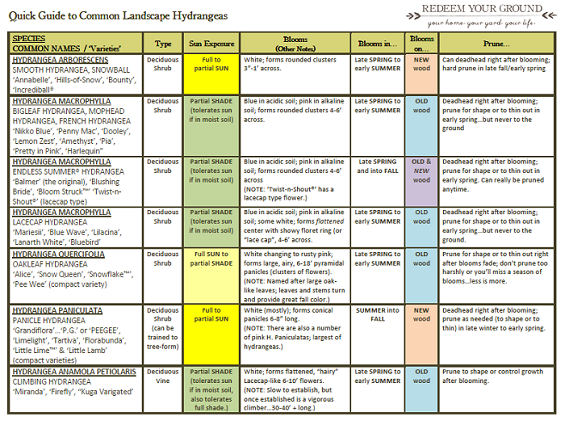 For those of you just tuning in…or who just don’t have the time to keep reading…let me cut to the chase and once again offer you this handy-dandy, printable quick reference guide to hydrangeas. On it you’ll find…among other things, which type of hydrangeas bloom on “old wood” vs. “new wood”; and therefore, when and how you should prune your hydrangeas.
For those of you just tuning in…or who just don’t have the time to keep reading…let me cut to the chase and once again offer you this handy-dandy, printable quick reference guide to hydrangeas. On it you’ll find…among other things, which type of hydrangeas bloom on “old wood” vs. “new wood”; and therefore, when and how you should prune your hydrangeas.
![]()
Before you pull out your pruners and start going to town, you first need to know what kind of hydrangeas you have…because not all hydrangeas are alike. Once you have the answer to that question…and if it’s the right time of year to prune your type of hydrangea, you can let your inner Edward Scissorhands loose; otherwise, simmer down and patiently wait it out…you’ll be glad you did.
What Kind of Hydrangea Determines When to Prune Them
If you don’t know what kind of hydrangea you have, take a few minutes to figure that out. The above reference guide should help you do that…but if not, do a quick search and you should be good to go. The primary thing you want to look for is if your hydrangeas bloom on “new wood” or “old wood”. “Old wood” is simply the growth from last year. “New wood” refers to the current year’s growth.
So…if your hydrangeas bloom on “old wood” you will only want to deadhead them after their blooms are spent…and if any other pruning is needed, try to do it before August 1st. But NEVER prune these hydrangeas to the ground, otherwise you’ll cut off all of next year’s blooms.
If your hydrangeas bloom on “new wood” you can deadhead them if you’d like…but then in late fall or early spring you can more aggressively prune them back. This will create more new growth (e.g., “new wood”) for the next growing year…and hence more blooms.
Hydrangeas that Bloom on Old Wood
-
- H. Macrophylla: Referring back to the reference guide, these are your mopheads and lacecaps (e.g., ‘Nikko Blue’, ‘Penny Mac’, ‘Blue Wave’).
- H. Quercifolia: These are your grand oakleaf hydrangeas (e.g., ‘Alice’, ‘Snow Queen’, ‘Snow Flake’).
- H. Anamola Petiolaris: This is your climbing hydrangea vine (e.g., ‘Miranda’, ‘Firefly’, ‘Kuga Variegated’).
Hydrangeas that Bloom on New Wood
-
- H. Arborescens: These are the big smooth, white snowball-like hydrangea (e.g., ‘Annabelle’, ‘Hills-of-Snow’, ‘Bounty’).
- H. Paniculata: These large lovelies typically have a creamy white flower that are more conical in shape (e.g., ‘P.G’ or ‘PeeGee’, ‘Tardiva’, ‘Limelight’).
As a side note, there is one cultivar of H. Macrophylla that has been designed to bloom on both new wood and old wood… Endless Summer®. Unless you know or have the plant label, it will be tough to tell if yours are an Endless Summer® cultivar or not…because they look just like their non-both-old-and-new-wood blooming H. Macrophylla cousins. So if you don’t know, either take a cutting into a nursery to have them identify it for you…or I would treat them like a traditional mophead and just enjoy whatever blooms they offer.
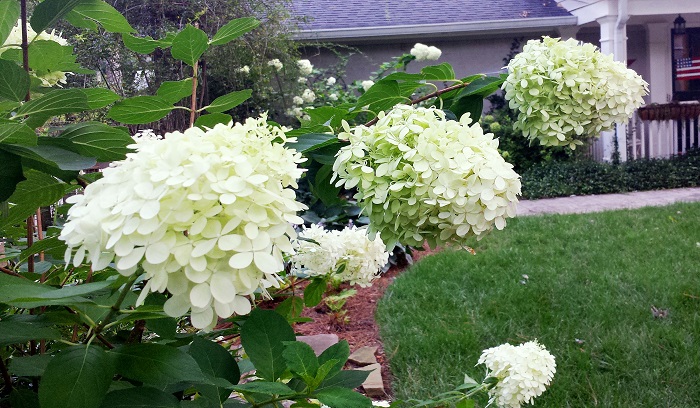
Limelight Hydrangea (H. Paniculata)
What Kind of Hydrangea also Determines How to Prune Them
Hydrangeas that Bloom on Old Wood
For your mopheads, lacecaps (H. Macrophylla), and oakleaf hydrangeas (Quercifolia)…you don’t want to prune them too harshly. But you can cut off their blooms to enjoy inside…and when you do, consider the following:
-
- For cut flowers: If you are cutting off blooms to bring inside, feel free to cut long stems so that you can more easily use them in your arrangements. You are likely doing this when they are still bright and colorful…so it will be early enough in the year (before August 1st) that they can still set their blooms for the next year on this year’s growth.
- “Deadheading”: However, if your blooms are already spent you don’t want to cut too long of a stem when cutting them off the bush…that’s because it’s likely too late in the season and you’ll risk cutting off next year’s blooms. So simply cut off the “dead” “heads” (i.e., “deadheading”)…cutting just above the first set of large leaves.
- Other Tips:
-
- In early spring, after you see which branches are alive, you can remove the dead canes all the way to the ground.
- Then, if your hydrangea is really “congested” (thick with branches) remove some of the older canes. This will promote new growth that will make for a better structure and more flowers next year.
- Then, if you want neater bushes you can go one step further by pruning back the errant taller branches…cutting them to the height of the other branches just above the leaf buds. But this last step is really dependent on if you want neater bushes or more flowers…because by pruning you will be cutting off this year’s blooms.
-
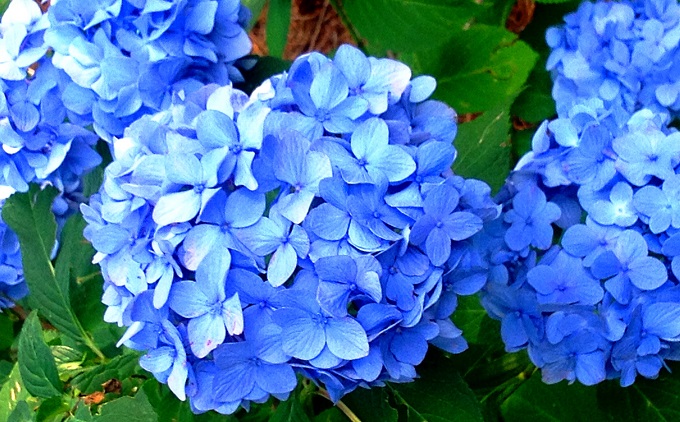
Nikko Blue Hydrangea (H. Macrophylla)
Hydrangeas that Bloom on New Wood
For your stately ‘PeeGees’, “Limelights’, and ‘Tardivas’ (H. Piniculata) and your gracious ‘Annabelles’ (H. Arborescens)… you can prune them more harshly, since they bloom on the current year’s growth. The best time to do this is in late fall when they’ve given you all that they have to give or in early spring before they set their blooms on the new growth.
-
- H. Piniculatas:
-
- Given their more shrub-like habit, the only thing I really do annually to my ‘PeeGees’, ‘Limelights’, and ‘Tardivas’ is deadhead them. And then I may prune them more every several years or so just to give them a more attractive structure.
- One cool thing about H. Piniculatas is that you can prune them to be tree-form. To do this you would simply deadhead the blooms at the top, and then from the bottom up remove 1/3 to 1/2 of the smaller lateral branches. This will encourage the plant to grow taller. This is best done in late winter or early spring.
-
- H. Arborescens:
-
- Some folks will cut their ‘Annabelles’ all the way to the ground in the fall so that they don’t have to look at the sticks poking up from the ground during their long winter’s nap. And you can do that if that’s your preference…you’ll still get plenty of blooms the next year, but their stems may be a bit wimpy and potentially keel over from the weight.
- That said, I’ll typically leave 18-24″ of my ‘Annabelle’s’ stems so that the they have a stronger structure to support their lovely, but heavy blooms.
-
- H. Piniculatas:
Other Related Links
-
- Post on the Different Types of Hydrangea
- Post on How to Plant Hydrangeas
- Suggested pruners:
-
- For most pruning you’ll need bypass pruners (kinda like scissors):
- Felco pruners…on the pricier side, but worth it if you can swing it.
- Corona pruners…not as comfy of a grip, but do the trick and are much more affordable.
- For your larger hydrangeas like your ‘PeeGees’ you may need loppers:
- Felco loppers…again, pricier…but really high quality.
- Corona loppers
- For most pruning you’ll need bypass pruners (kinda like scissors):
-
![]()
I hope this post has given you a bit more insight into how and when to prune your hydrangeas…so that that they can be the showcase plant that you intended. And as a result…I hope that helps you and your family get outside to enjoy each other and the great outdoors more…among some prolific hydrangeas!
Take care all,

You may also enjoy these posts from RYG ...
If you're not already subscribed to RYG and want to get periodic updates, links to new posts & other ground redeeming info ... just enter your email address below. Easy as that!


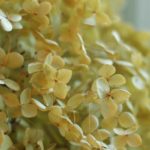

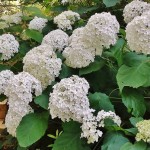

Doug,
THANK YOU for this hydrangea primer! I have printed all the information and will use it as my reference as I roam my yard with my clippers in hand.
Awesome…thanks Wendy…glad you found it helpful. I hope you have a great weekend…perhaps spending some time enjoying your yard! Take care, D.
I have shared the link to your great blog and this post on my own blog while writing about hydrangeas. Just wanted to say you are appreciated and your information will be put to good use.
So glad and so thankful!!! I hope others find the info helpful. Take care my friend, D.
I did not dead head my hydrangeas this year, because they looked so nice and then it got later than August. So I left the hydrangeas flowers on the plant. They grow on old wood. What will happen come spring because I didn’t dead head them? Or can I do so in the spring?
Hey Dorothy … thanks for reaching out and great question. If your hydrangeas are in fact one of the old wood blooming ilk (e.g., macrophylla … lacecap or mopheads … or oakleaf hydrangeas), now that it’s winter you should NOT prune them now or in the spring. If you do you’ll risk cutting off summer’s beautiful bounty of flowers. I’d just leave them be and eventually the dead dried flowers will just fall off. I actually like leaving the brown flowers in my garden for the added texture they provide. Then next year dead head them as the flowers are spent … and really, unless it’s a dead stem or you don’t like the shape of the plant, you don’t ever need to prune this type of hydrangea. I hope this helps. Please reach back out if you have any additional questions. Take care, D.
Thank you so much for your answer. I thought I ruined them for sure!
I have used spray starch for many years to dry and it holds the flowers together with minimal loss extremely well. Doing it today on my PW Little Lime Panicle hydrangea. Thank you for sharing your knowledge. Barbara
Barbara, thanks for chiming in on the discussion! I love Little Limes … we have a ton of them in our yard! Thanks, too, for sharing your knowledge. Sharing in the garden community is what it’s all about! Thanks again and take care, D.